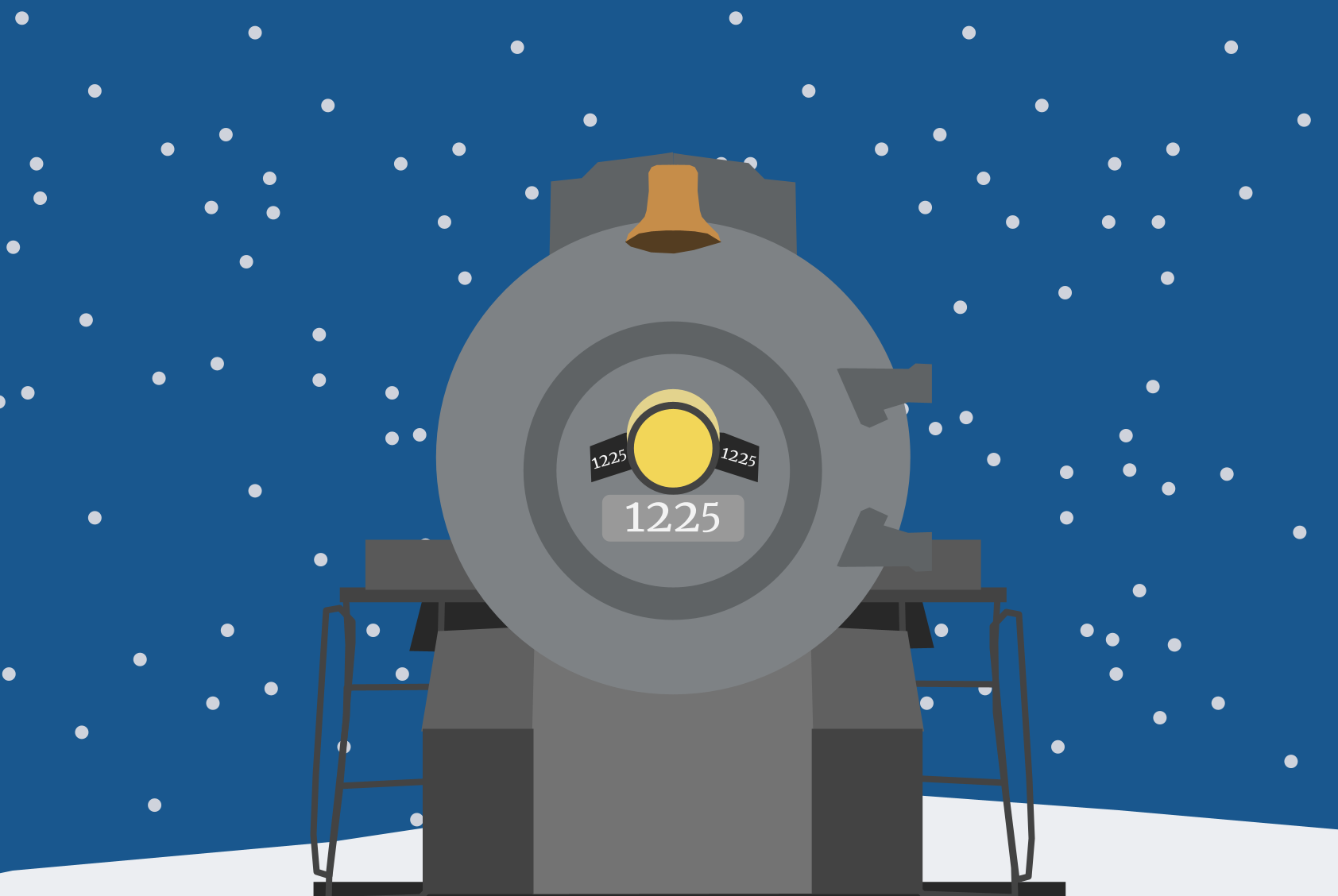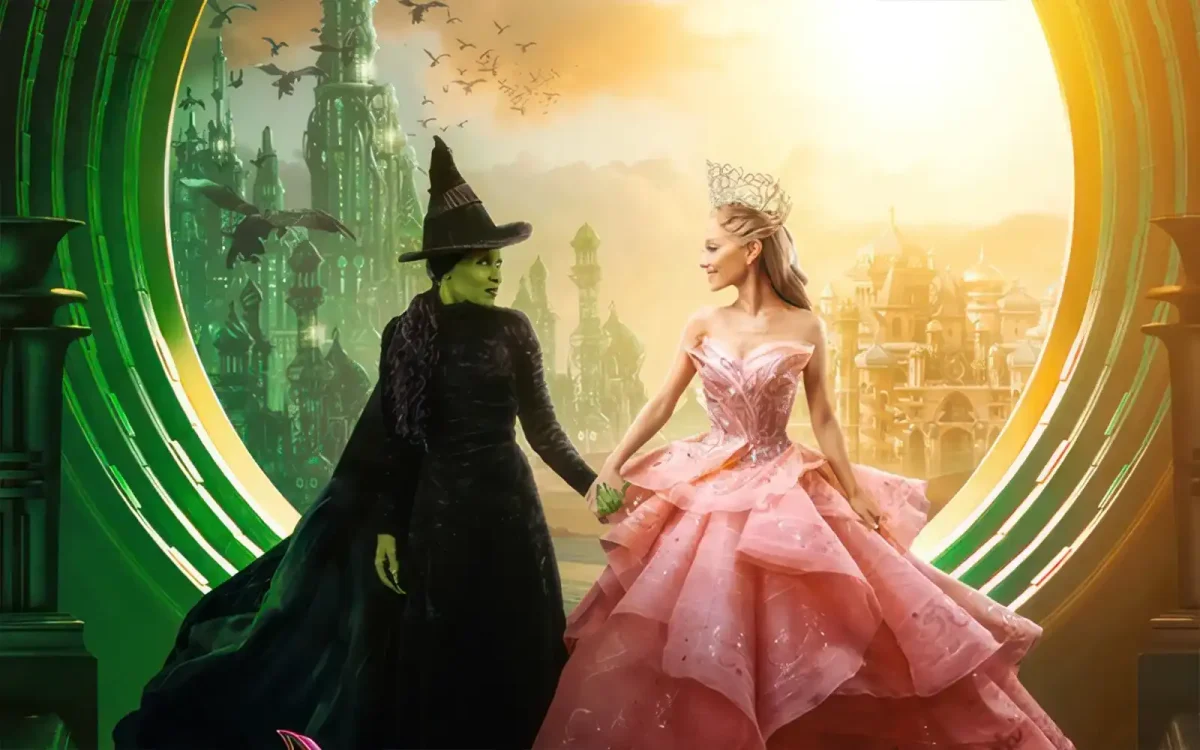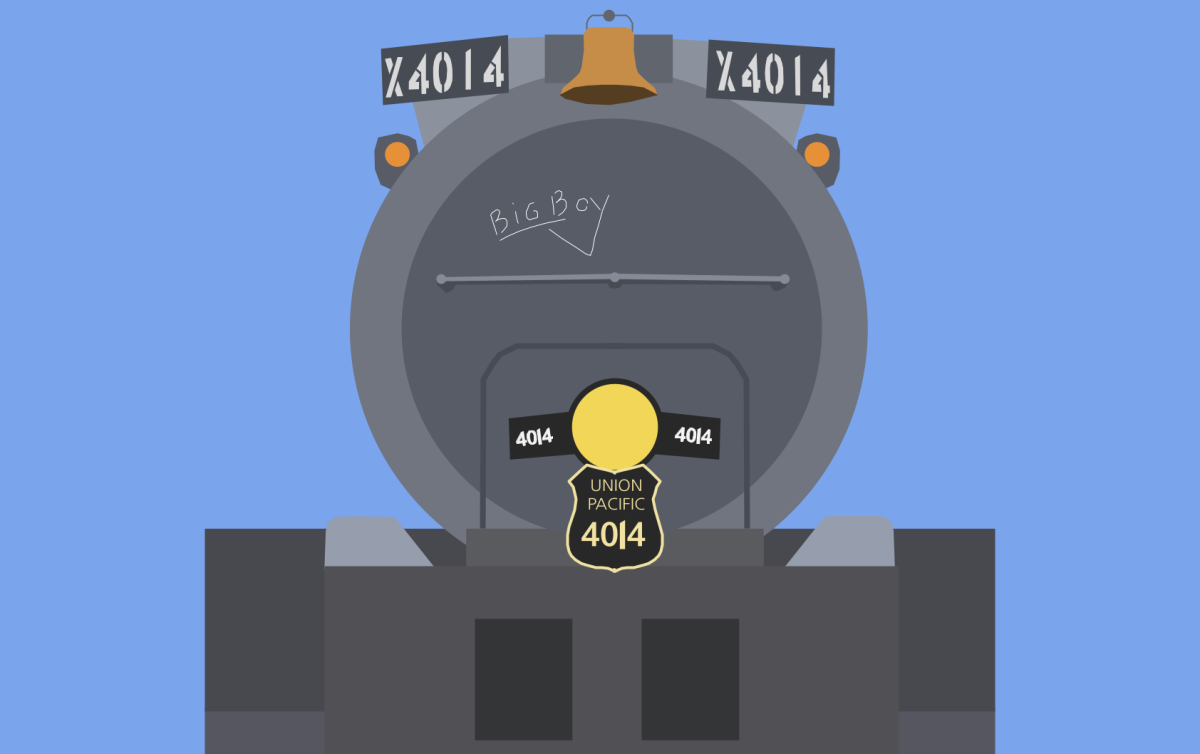What is the Polar Express? A magical train to the North Pole? A classic children’s book? A 2004 animated movie that strays into uncanny valley and worked alongside Thomas to draw me deeper into a personal obsession that led me to begin a newspaper column about trains?
All of the above?
The story of the Polar Express is one of self discovery and challenging one’s assumptions. A boy who no longer believes in Santa is invited aboard a magical express train, and at the end he learns to believe.
But enough about this silly plot-stuff and down to the really important part of this story: The Train.
At the beginning of the movie, the main character is confronted by another rider of the express, who demands that the main character tell him whether or not he knows what train he’s riding on. When the main character reveals he has no clue, the “Know-it-All” responds with a quote that, while I absolutely love, is largely incorrect: “Actually, it’s a Baldwin 2-8-4 S3-class Berkshire type steam locomotive built in 1931 at the Baldwin Locomotive Works.” Try saying that 284 times fast.
In reality, the inspiration for the engine was the Lima built Pere Marquette 1225, a locomotive that was on display near the childhood home of Chris Allsburg (the original author of the book). Warner Brothers later used its blueprints to create the computer model for the movie, and it now runs in preservation in Michigan. Fun Fact: The name of the winter excursion trip that the locomotive runs is called the “North Pole Express,” as the Steam Railroading Institute (the group that owns the locomotive) didn’t buy the license from Warner Brothers to run an official Polar Express branded trip.
1225 is a Berkshire, a style of locomotive originally tested in Massachusetts. This is what gave the class its name, as it was tested on the Berkshire mountain range. Although the “Know-it-All” claims that the engine is a “Baldwin”, and was “built in 1931”, neither of these is true. The locomotive was not built by Baldwin, and according to Wikipedia’s list of Berkshires built, none were built in 1931. (This is assuming that Santa didn’t order a secret locomotive built, which opens up a can of worms of whether or not Baldwin secretly sold a locomotive to an anonymous person or if they were aware of the North Pole and Santa Claus. Did Baldwin or another locomotive builder sell other secret locomotives in the Polar Express universe? Did they limit these secret purchases to mythical, magical cultural icons drawn from Catholic saints or did they also sell to other countries? How would that have affected the geopolitical situation in the Great Depression? So many questions, zero answers, and a complete distraction from the train itself).
Unfortunately, not many of these locomotives still exist. Only twenty of over 600 survived the scrapper’s torch, and of those twenty, only two are in working condition: The aforementioned Pere Marquette 1225, and the Nickel Plate Railroad 765. This is, unfortunately, a fairly standard story when it comes to old locomotives (especially steam locomotives). The railroads are in the business of moving things from one place to another, not storing the things that used to move things from one place to another (which is why railroad heritage programs are fantastic – I’ll get into that more when we talk about the Big Boy).
So, I suppose most of us will have to experience the Lima 2-8-4 through the uncanny valley of a fantastic animated movie.








